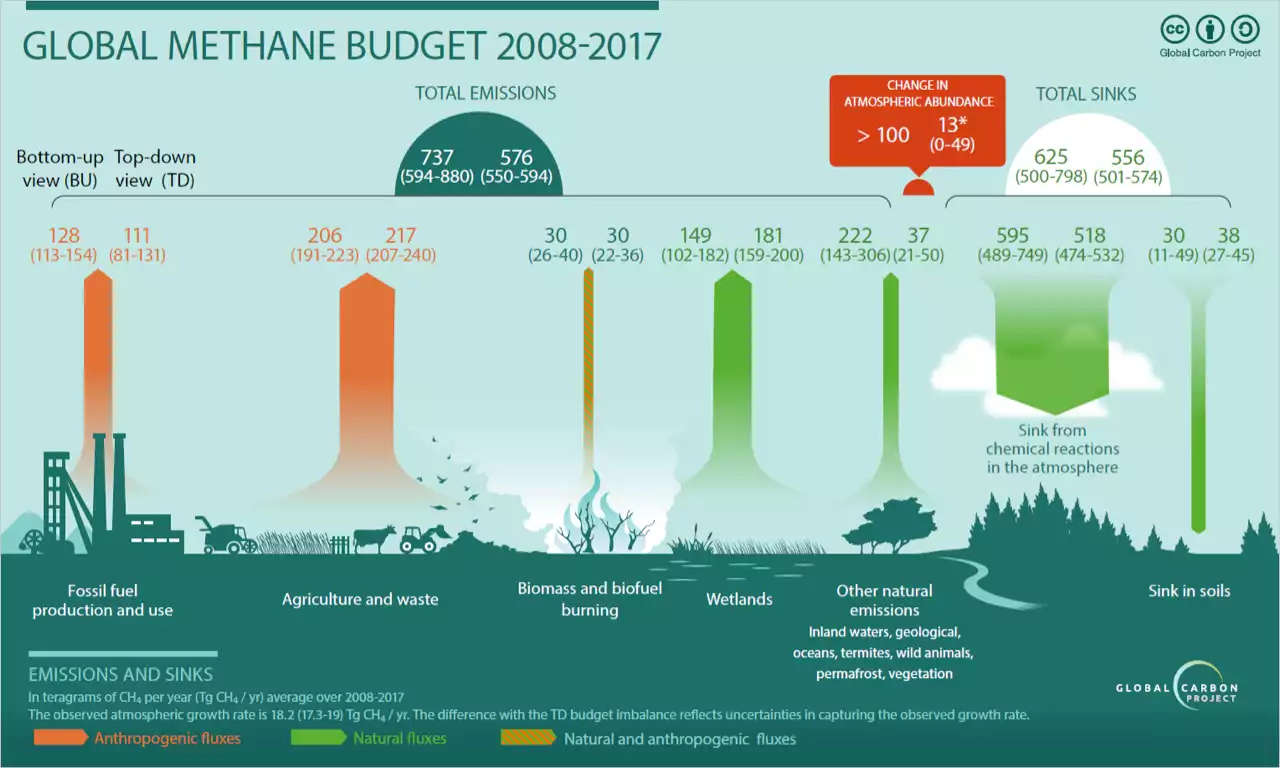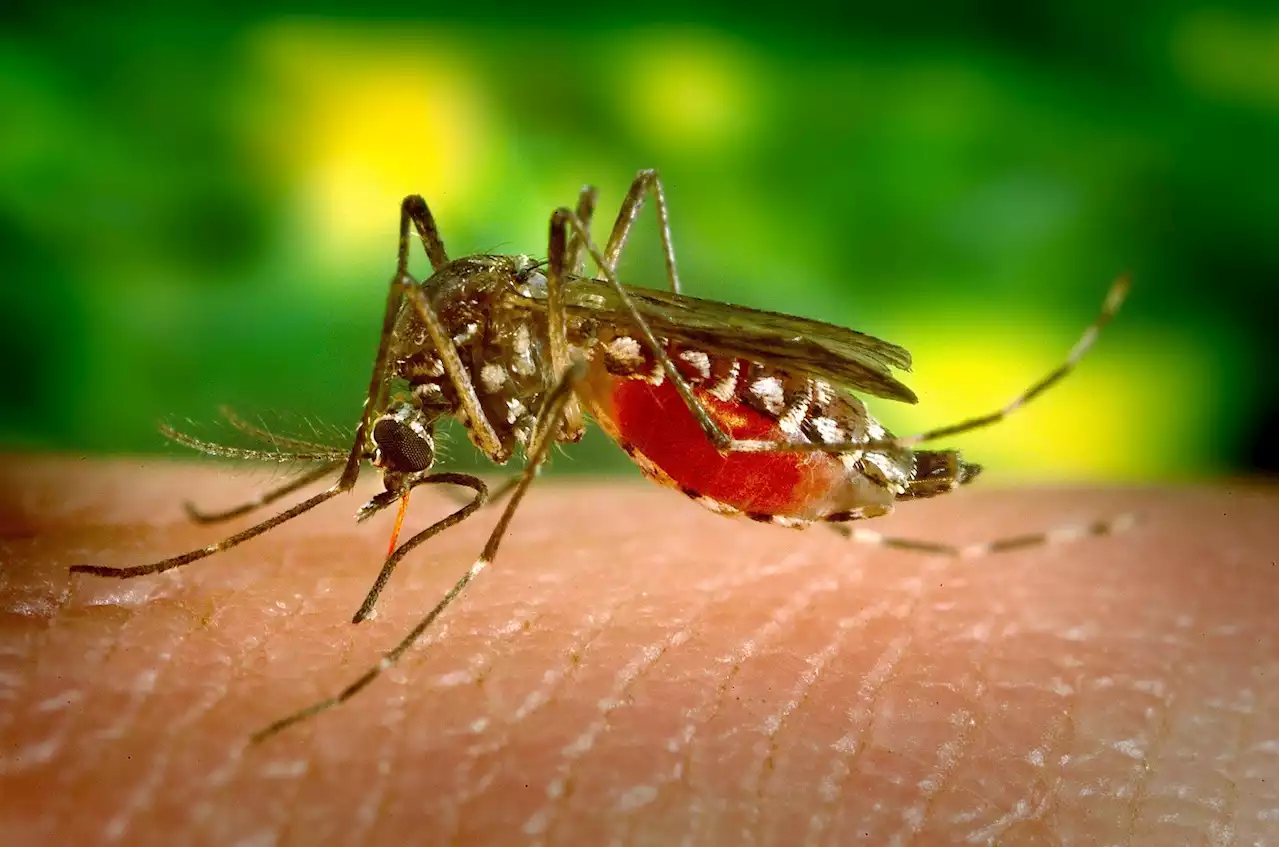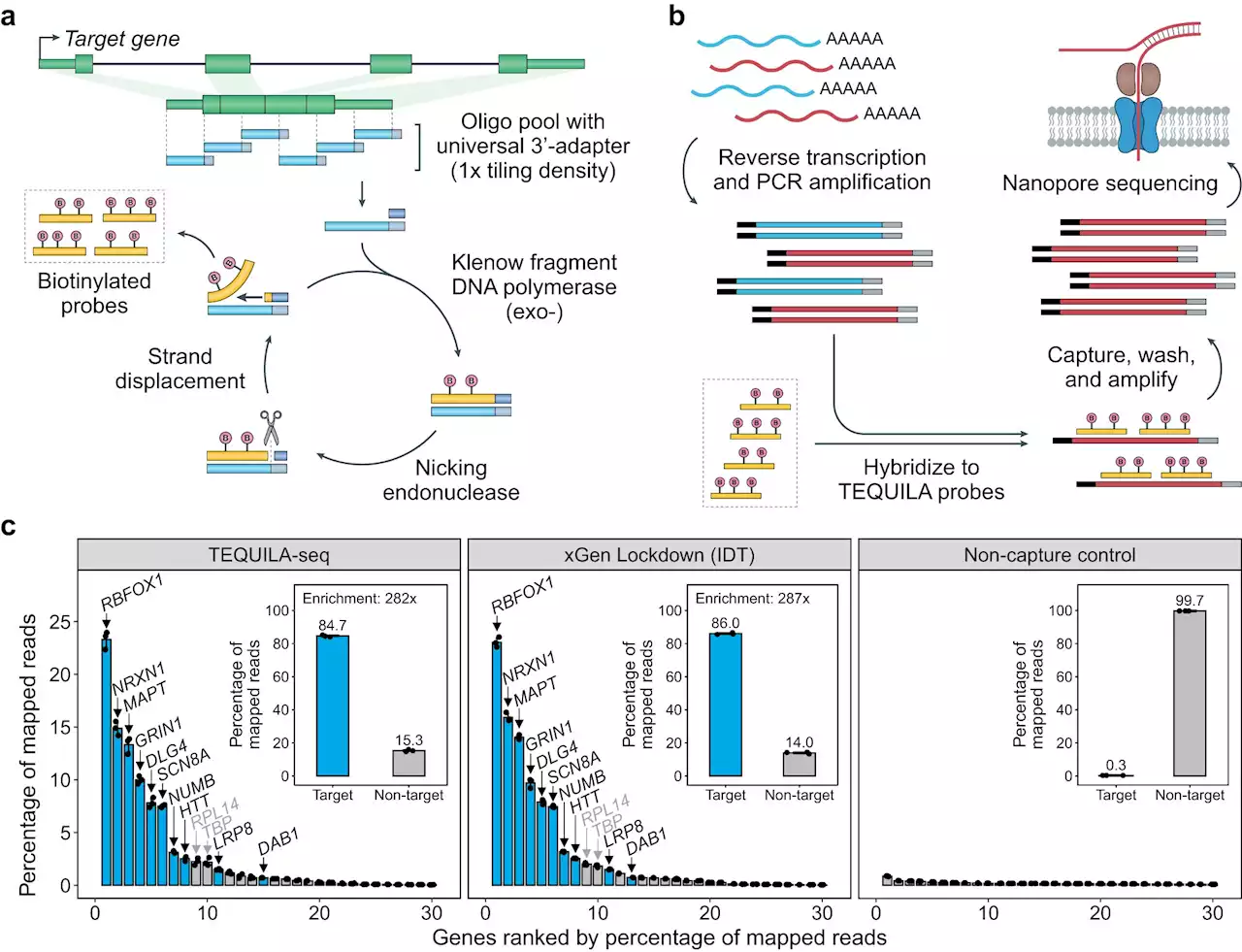Researchers led by Genshiro Sunagawa at the RIKEN Center for Biosystems Dynamics Research (BDR) in Japan have shown that an animal's stem cells possess the same level of cold resistance as the animal itself.
, the study focuses on mice with different hibernation-like characteristics, showing that those with the best resistance to cold temperatures have stems cells that generate energy differently than others.as a practical model system for further research into organ preservation and even human hibernation.cold temperatures
eventually cause irreparable damage. At the same time, hibernating animals can survive for months with low body temperature because their metabolism becomes extremely slow. Sunagawa and his team at the RIKEN BDR Laboratory for Hibernation Biology are trying to understand how an animal, or just its organs, can survive under these conditions.because genetic variables can be controlled.
Although mice do not actually hibernate, they can enter a short one-hour hibernation period called torpor. The researchers tested strains of inbred laboratory mice and characterized torpor by the lowest body temperature and the lowestThey found one strain with shallow torpor, one with deep torpor, and one in between. They then established embryonic stem cell lines from each mouse strain and examined cell metabolism at around mouse body temperature and a cold temperature .
The energy that cells, and therefore animals, need to survive is produced in two ways. One way, called glycolysis, involves breaking down sugar molecules. This process does not require oxygen, and we can feel its byproduct in our muscles when we exercise and use up our available oxygen. The other way, calledThe researchers found that stem cells from the shallow- and medium-torpor mice switched to glycolysis at the colder temperature, while the stem cells from the deep-torpor mice did not.
Lastly, the researchers asked whether what they learned from the stem cells was actually relevant in adult mice. They examined
United States Latest News, United States Headlines
Similar News:You can also read news stories similar to this one that we have collected from other news sources.
 Pig kidney works in a donated body for over a monthResearchers say this is a step toward animal-human transplants.
Pig kidney works in a donated body for over a monthResearchers say this is a step toward animal-human transplants.
Read more »
 Researchers characterize influenza adaptation to human epithelial cells, with surprising resultsThe 1968 influenza pandemic was caused by the H3N2 flu strain and killed between 1 and 4 million people globally. For the sake of comparison, the WHO estimates that around 3 million people died of COVID-related illness in the year 2020.
Researchers characterize influenza adaptation to human epithelial cells, with surprising resultsThe 1968 influenza pandemic was caused by the H3N2 flu strain and killed between 1 and 4 million people globally. For the sake of comparison, the WHO estimates that around 3 million people died of COVID-related illness in the year 2020.
Read more »
 Methane + Sunlight + Catalyst=Emissions-Free Hydrogen, Say UCF ResearchersResearchers at the University of Central Florida say they have discovered a way to make hydrogen with no carbon dioxide emissions.
Methane + Sunlight + Catalyst=Emissions-Free Hydrogen, Say UCF ResearchersResearchers at the University of Central Florida say they have discovered a way to make hydrogen with no carbon dioxide emissions.
Read more »
 NZD/USD bounces off yearly bottom towards 0.6000 despite RBNZ inaction, focus on China, Fed MinutesNZD/USD portrays a 20-pip rise on the Reserve Bank of New Zealand’s (RBNZ) monetary policy announcements on early Wednesday. In doing so, the Kiwi pai
NZD/USD bounces off yearly bottom towards 0.6000 despite RBNZ inaction, focus on China, Fed MinutesNZD/USD portrays a 20-pip rise on the Reserve Bank of New Zealand’s (RBNZ) monetary policy announcements on early Wednesday. In doing so, the Kiwi pai
Read more »
 Researchers identify novel host-based target against multiple mosquito-transmitted virusesNew Cleveland Clinic research shows how mosquito-transmitted viruses—like Zika, West Nile, Yellow Fever and dengue viruses—hijack host cells to promote their own replication and infection. Published in Cell Host and Microbe, a recent study from the laboratory of Michaela Gack, Ph.D., Scientific Director of Cleveland Clinic's Florida Research & Innovation Center, opens the door to developing new therapeutics for flaviviruses, a class of viruses for which either no or very limited treatments currently exist.
Researchers identify novel host-based target against multiple mosquito-transmitted virusesNew Cleveland Clinic research shows how mosquito-transmitted viruses—like Zika, West Nile, Yellow Fever and dengue viruses—hijack host cells to promote their own replication and infection. Published in Cell Host and Microbe, a recent study from the laboratory of Michaela Gack, Ph.D., Scientific Director of Cleveland Clinic's Florida Research & Innovation Center, opens the door to developing new therapeutics for flaviviruses, a class of viruses for which either no or very limited treatments currently exist.
Read more »
 Researchers develop versatile and low-cost technology for targeted long-read RNA sequencingIn a development that could accelerate the discovery of new diagnostics and treatments, researchers at Children's Hospital of Philadelphia (CHOP) have developed a versatile and low-cost technology for targeted sequencing of full-length RNA molecules. The technology, called TEQUILA-seq, is highly cost-effective compared to commercially available solutions for targeted RNA sequencing and can be adapted for different research and clinical purposes. The details are described in a paper in Nature Communications.
Researchers develop versatile and low-cost technology for targeted long-read RNA sequencingIn a development that could accelerate the discovery of new diagnostics and treatments, researchers at Children's Hospital of Philadelphia (CHOP) have developed a versatile and low-cost technology for targeted sequencing of full-length RNA molecules. The technology, called TEQUILA-seq, is highly cost-effective compared to commercially available solutions for targeted RNA sequencing and can be adapted for different research and clinical purposes. The details are described in a paper in Nature Communications.
Read more »
